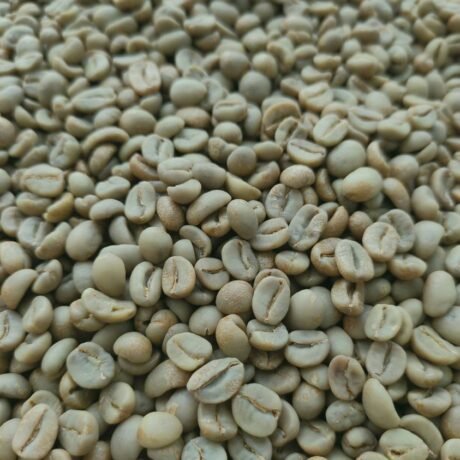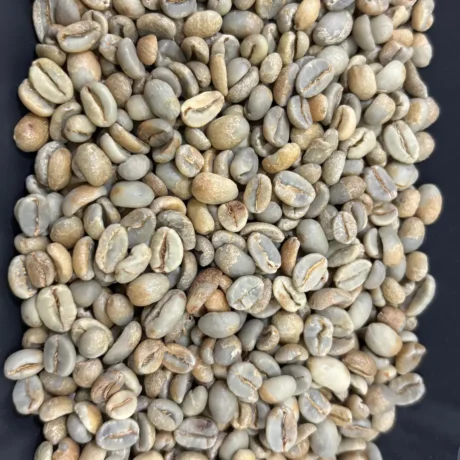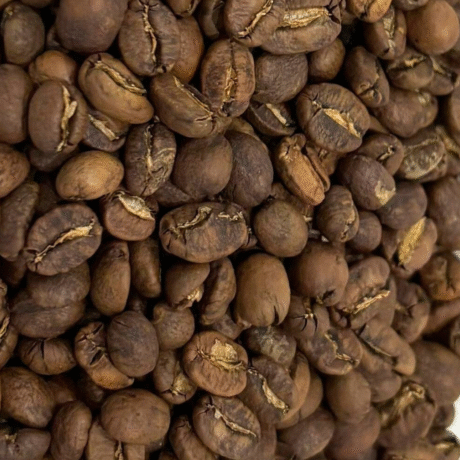Imagine this: You wake up, craving that perfect cup of coffee. You brew your favorite beans, and the rich, inviting aroma fills your kitchen. But then, you add a splash of milk, and suddenly, something shifts. That vibrant, complex scent seems… different, perhaps a little muted. Have you ever wondered why your milk coffee aroma changes? It’s not just in your head! The truth is, milk components, especially milk fat, play a huge role in how you perceive the delicious aroma of your coffee.
This isn’t just about taste; it’s about retronasal aroma (RA)—the amazing way flavor compounds travel from your mouth to your nasal cavity, creating that full, satisfying coffee experience. For ready-to-drink (RTD) coffee beverages, understanding this is crucial. Developers often add coffee flavors to enhance characteristics and maintain quality during storage, but milk can drastically alter how these flavors are released. Wouldn’t it be incredible if we could predict how milk would affect that aroma, making tailor-made flavors and more efficient beverage development possible?
The Science Behind the Scent: Unpacking Milk’s Influence on Aroma
Recent research dives deep into this fascinating phenomenon, investigating how milk fat (MF) and milk solids-nonfat (MSNF) impact the release of those precious retronasal-aroma compounds from coffee with milk. Scientists used a sophisticated technique called gas chromatography-mass spectrometry (GC-MS) to analyze volatile compounds released from coffee samples with varying milk compositions. They also looked at something called lipophilicity (expressed as
log kw), which essentially describes how well a compound dissolves in fats or oils.
Here’s what they found about your milk coffee aroma:
- Milk Fat Takes Center Stage: The studies clearly showed that as both MF and/or MSNF content increased, the release of aroma compounds with log kw values greater than 2 significantly decreased. However, the impact of milk fat was far more pronounced than that of milk solids-nonfat. This suggests that milk fat is the primary factor dictating how much aroma is released.
- Lipophilicity Matters: For compounds with higher log kw values (meaning they are more “fat-loving”), the presence of milk fat had a much greater effect on their release. Think of it like this: these fat-loving aroma compounds are more attracted to the milk fat, so they get “trapped” and aren’t released as readily into the air for you to smell.
- Predictive Power for Milk Coffee Aroma: The researchers even developed models that can predict the relative release ratios of these aroma compounds based on their lipophilicity and the milk fat content. This is a game-changer for coffee developers, allowing them to formulate RTD beverages more efficiently.
This is especially relevant when you consider the vast array of coffee options available today, from your daily espresso to specialty blends like those found in Indonesia Specialty Coffee: Which One Is The Best? or even specific regional delights like Lampung Coffee: One of the Best from Sumatra and A Guide to Toraja Coffee: The Popular Indonesian Coffee. The way milk interacts with the inherent aromas of these unique coffees is a critical factor in the final sensory experience and your ultimate milk coffee aroma.
From Lab to Latte: Real-World Implications for Your Cup
The beauty of this research is its applicability to real-world coffee beverages. Even though the initial experiments used simplified “flavor-added” samples with higher concentrations of aroma compounds, the findings held true for “coffee-added” samples using actual coffee extracts, albeit with lower concentrations. This means the developed models can indeed be used to predict how your favorite coffee’s aroma will change when you add milk.
So, the next time you pour milk into your coffee, remember that you’re not just lightening its color or softening its taste. You’re actively influencing the release of its complex aroma compounds. The amount of milk fat is the key player here, especially for those more “fat-loving” aromas. This understanding truly enhances your appreciation for the nuanced
milk coffee aroma you experience.
Want to explore more about coffee? Check out these articles on:
- Brewing Time for Pour Over Coffee
- Guide to Extending the Life and Aroma of Coffee Beans
- The Art of French Press Coffee Ratio
- Sumatra Coffee Taste Characteristics and the Best Brewing Method
- How Much Caffeine is in a Cup of Coffee?
Understanding this intricate dance between milk and coffee aroma empowers you to appreciate your daily brew even more. What’s your favorite milk to add to your coffee, and have you ever noticed a difference in the milk coffee aroma?





